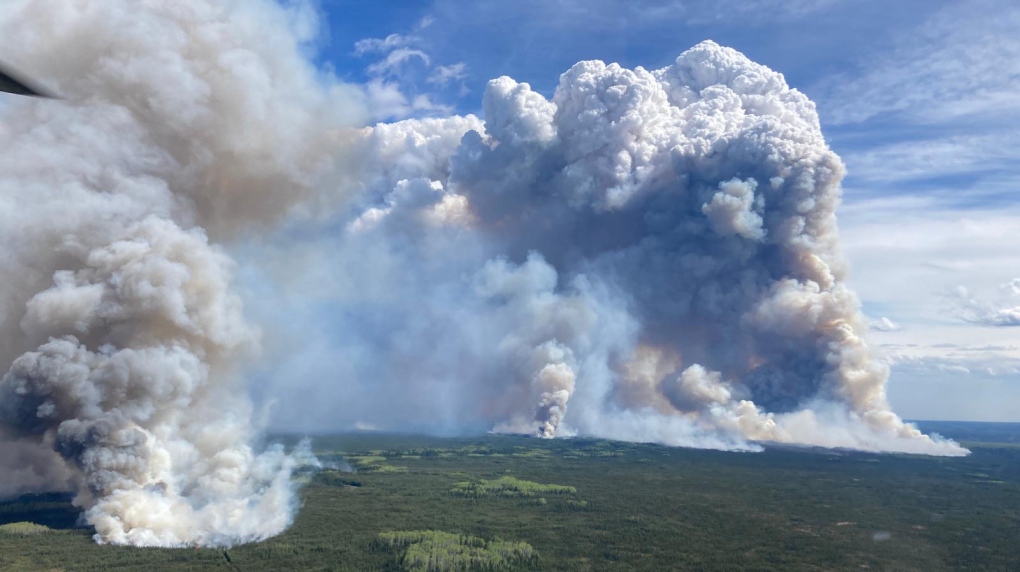Nearly 1,000 wildfires have burned across Canada so far this year.
The wildfires have caused poor air quality, reduced visibility and even evacuations in some areas in the West.
Here’s an overview of the situation in Canada.
How many fires are burning?
As of about 5:20 p.m. EDT Tuesday afternoon there were 132 active fires across the country, with 38 of them out of control. There are 993 total wildfires so far this year, according to the Winnipeg-based Canadian Interagency Forest Fire Centre (CIFFC), a non-profit operated by federal, provincial and territorial wildland fire management agencies in its National Fire Situation Report.
To date, about 249,000 hectares have burned across Canada.
Where are the fires?
Two new fires were reported Tuesday. The following are the provinces, territories and other locations where fires are currently burning, according to CIFFC’s website:
-
British Columbia (45) -
Alberta (44) -
Northwest Territories (8) -
Saskatchewan (9) -
Manitoba (9) -
Ontario (2) -
Quebec (2) -
New Brunswick (5) -
Parks Canada (8)
What’s causing the fires?
While the causes of many of the fires are still be under investigation, of the new wildland fires listed Tuesday, half or eight were determined to have been caused by humans, according to the CIFFC’s website as of about 5:20 p.m. EDT. One was ruled to have been sparked by natural causes and eight were listed as undetermined.
Smoke spreading across Canada, U.S.
Alberta and British Columbia have the most active fires out of all areas.
Alberta is currently at the highest preparedness level in the country at 4 or “very high,” with the highest level being 5 or “extreme,” according to the report. British Columbia and Manitoba are both at Level 3, meaning the fire danger is considered “high.”
The communities around Fort Nelson, B.C., remain the primary area of concern, according to CIFFC.
“We are continuing to mobilize resources to the northeast and managing seasonal fire load in the central and south. Many crews unavailable due to training and onboarding,” read its latest report.
In Alberta, it highlighted three large fires of concern, two of which are near communities, noting ” fast, wind-driven fires.”
Forecasters warned the wildfire smoke could travel further east, with Environment Canada issuing air quality advisories for parts of British Columbia, Alberta, Manitoba, Saskatchewan and the Northwest Territories. Meanwhile, smoke from the Canadian wildfires has sparked warnings across the upper U.S. Midwest and Montana for the second straight year, The Associated Press reported.







